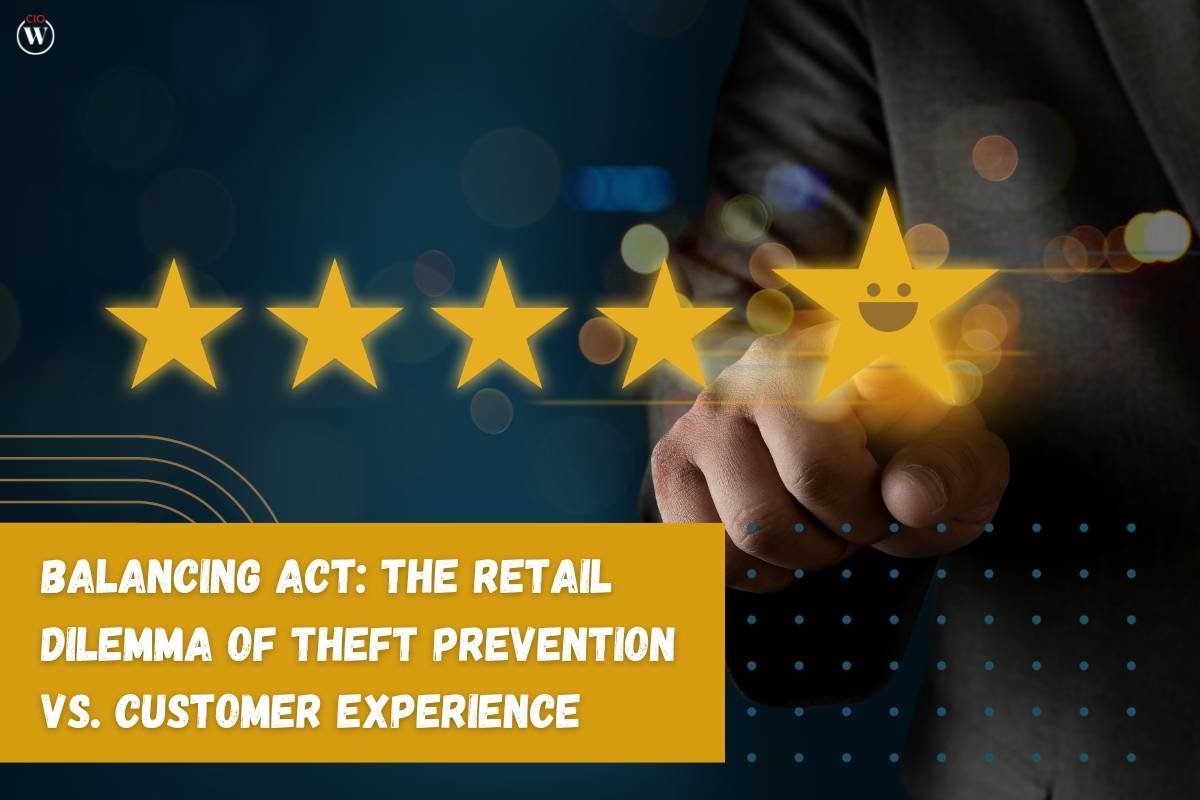In the pursuit of combating severe diseases, medical treatments often present a paradox — the cure itself can inflict significant harm. Cancer therapies like radiation and chemotherapy, while effective against cancer cells, indiscriminately damage healthy cells, taking a toll on the patient’s well-being. The ethical dilemma arises: Is it worth enduring the toxicity of a treatment to survive a life-threatening illness?
Drawing a parallel, retailers like Walmart, Target, and Walgreens face a similar dilemma in the context of Retail Theft prevention. The need to protect merchandise from theft prompts them to implement measures that, at times, create a less-than-optimal customer experience. While vaccines may cause mild reactions, customers may tolerate security measures such as receipt checks and surveillance cameras, but the balance between safeguarding inventory and preserving a positive shopping experience proves challenging.
Retailers’ Struggle: Retail Theft Prevention vs. Customer Satisfaction
Major retailers, including Walmart, Target, and Walgreens, grapple with the delicate task of deterring theft without alienating their customer base. The implementation of security measures such as locking up merchandise, especially commonplace items, risks frustrating customers. According to Advantage Solutions’ Q3 Outlook report, nearly 20% of shoppers decide against purchasing a product if it is locked up. This raises concerns about the potential loss of sales revenue outweighing the benefits of crime prevention.
In essence, the struggle lies in finding a balance between securing merchandise and ensuring a positive shopping experience. Customers are generally understanding when high-value items are secured, but the inconvenience caused by restrictions on everyday products may result in a significant decline in sales.
Walgreens’ Innovative Approach: The “Digital Forward” Concept
Walgreens has taken an innovative approach to address the Retail Theft vs. customer satisfaction conundrum by testing a “digital forward” concept in select stores. In these experimental outlets, a substantial portion of the merchandise is not displayed on the sales floor. Instead, customers engage with digital kiosks to place orders, creating a hybrid shopping experience that combines the convenience of online shopping with the immediacy of in-store pickup.
The company’s news release describes the concept as introducing “a new way to shop in-store,” where customers interact with digital kiosks offering Walgreens’ full catalog. Orders are then fulfilled by Walgreens team members, allowing customers to pick up and pay for their items within minutes at the designated Order Pickup desk. While the approach may be deemed a digital adaptation, it essentially brings an online shopping experience into the physical store, potentially revolutionizing the way retailers address the challenges of Retail Theft prevention and customer satisfaction.
In conclusion, the evolving strategies employed by major retailers underscore the ongoing challenge of striking the right balance between theft prevention and providing a seamless, enjoyable shopping experience for customers. As the retail landscape continues to transform, innovative solutions like Walgreens’ “digital forward” concept may pave the way for a new era in retail security and customer satisfaction.
Also read: Walmart Makes Changes To Prevent Crimes In Superstore









